Culinary sage is not only a gorgeous landscape plant, but it’s one of the easiest herbs I’ve ever grown. If you’re setting up an herb garden I’d definitely recommend this as one of your first plants. In this complete growing guide, I’ll go over varieties, when, how, and where to plant, zones, fertilizing, watering, pruning, plus harvesting and drying tips.
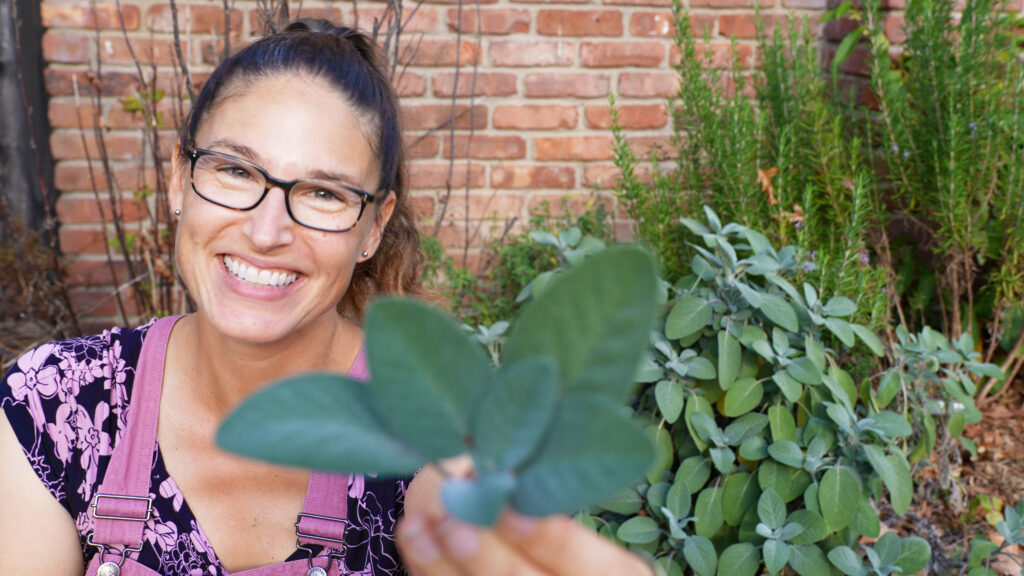
Benefits of Sage In Your Garden
Why should you grow sage? Let me count the ways!
Uses of Sage
Salvia officinalis, also known as garden sage, common sage, or culinary sage, is a multipurpose herb with so many uses—from cooking to medicinal, aromatic, smudging, ornamental, tea, and even cleaning.
The Flavor of Sage
The leaves have an earthy, slightly bitter flavor that pairs really well with savory dishes like pork, poultry, fish, sausage, roasted veggies, stuffing, eggs, salads, and all sorts of Italian dishes.
Sage is Easy To Grow
It’s super easy to grow, thrives in poor soil, handles drought like a champ, and attracts pollinators like bees, butterflies, and hummingbirds. Really, just an overall great plant to add to any garden.
How Does Sage Grow?
Sage is Perennial & Woody
Sage is a perennial that starts off with tender green stems, but by the second year, those stems turn woody.
It’s native to the warm Mediterranean. In warmer areas like U.S. Zones 7 and up, like where I’m at, it can even stay evergreen.
It is known to be a bit short-lived, so it’s a good idea to replace it every few years.
How Big Does Sage Get?
Depending on the variety it can grow 1 to 3 feet tall and spread 2 to 3 feet. This one is almost 2 years old and it started as a little starter plant. I’m a little afraid to see how much bigger it gets!
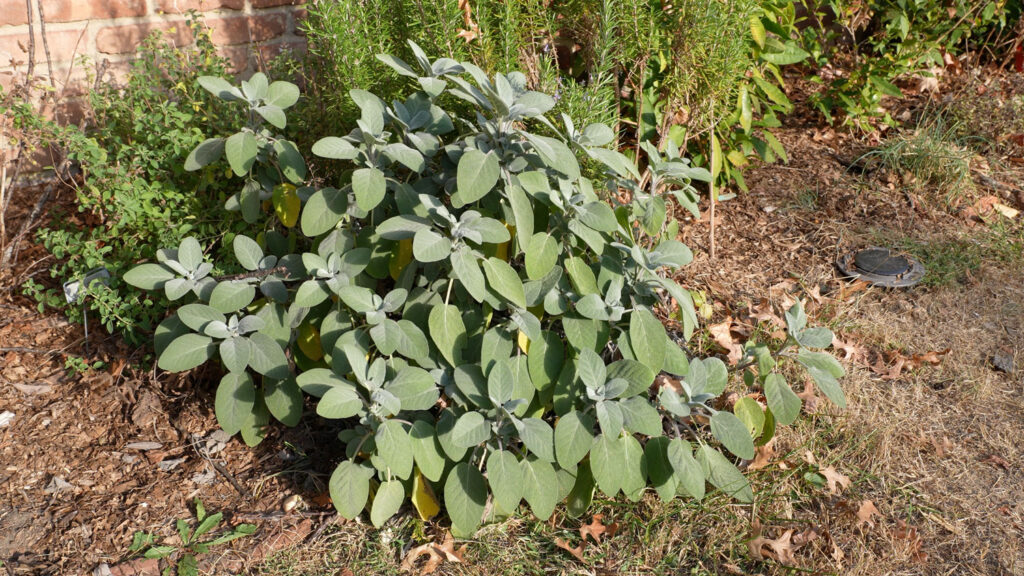
Sage Flowers!
From late spring to early summer, sage blooms with beautiful pink-purple flowers that put it into the ornamental plant category.

Varieties & Types of Sage Plants
The word “sage” is a little confusing because there are other plants called “sage” that are not garden sage, Salvia officinalis.
Are All Salvias Edible?
Texas sage (Leucophyllum frutescens), Russian sage (Salvia yangii) and Mexican sage (Salvia leucantha), are all different ornamental varieties or species, and by most accounts, inedible.
Then there’s pineapple sage (Salvia elegans), clary sage (Salvia sclarea), blue sage (Salvia azurea), and silver sage (Salvia argentea), which can all be used as herbs, but they’re different species that taste different.
Sage Herb Varieties
Popular varieties of Salvia officinalis, garden sage, include Purple, Tricolor, Berggarten, Icterna (also called Golden), Grower’s Friend, Holt’s Mammoth, Fanni Common, and common sage.
If you have a favorite variety, let us know in the comments, your climate, and how it works for you!
Where to Grow Sage
Growing Sage Outdoors & Indoors
Sage can be grown indoors or outdoors, in ground or in containers.
Best Soil For Sage
Regardless of where you plant it, it grows best in well-draining, loamy soil with a pH between 6.0 and 7.0. Use a pH tester to figure out your soil pH and amend with sulfur or a soil acidifier if the pH is too high or with lime if it’s too low.
Sage Hardiness Zones
Depending on the variety, sage is hardy in U.S. Zones 4 through 11. If your sage is in a container, you can go as low as zone 2 by bringing it inside over the winter.
Sage Sun Requirements
Most varieties prefer full sun for at least 6 to 8 hours a day.
The area along the foundation of my house gets great sun. This is my perennial area, and that’s where I planted all my perennial herbs like sage, rosemary, chives, oregano, thyme, and marjoram.
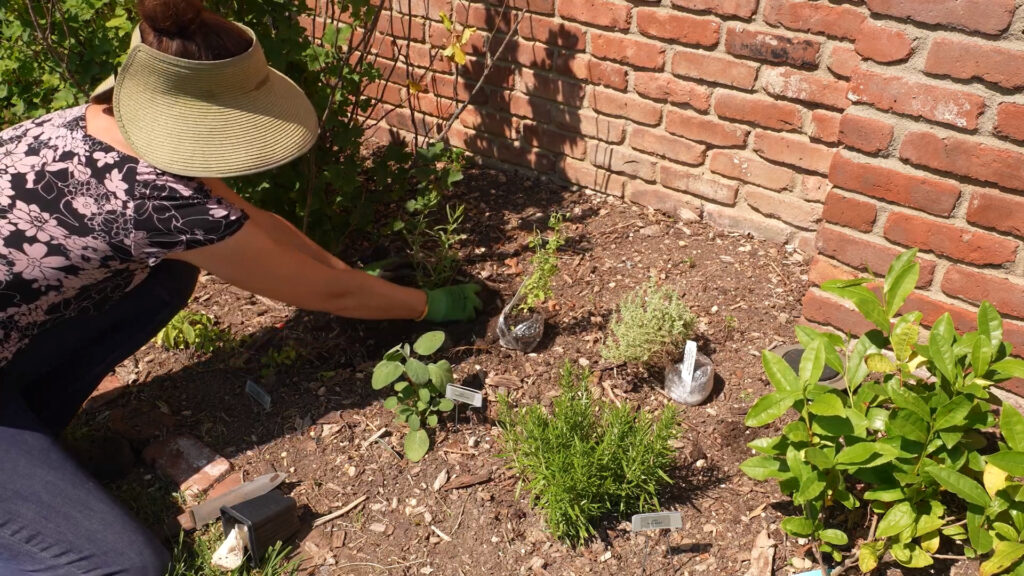
How to Plant Sage
Sage Seedlings
The easiest way to plant sage is to buy an established plant—I bought mine.
Propagating Sage
If you or a friend has an existing plant, you can also start from cuttings, dividing a plant, or layering.
Sage Seeds
Starting from sage seed is an option, too, but keep in mind that seeds can take up to several years to grow to a good size for harvesting.
Sage Spacing
You’ll want to space sage plants about 2-2.5 feet (0.6-0.7 meters) apart since that’s how wide they might get. Not a rule I clearly followed myself!
When To Plant Sage
The best time to plant it is in the spring after the last frost, although sage can also be planted in early fall in warmer climates.
And you can always get away with summer planting as long as you water well and minimize transplant shock by planting on a cloudy day and hardening off.
In the first year after planting, don’t harvest or prune too aggressively.
Sage Fertilizer & Watering
How Often To Water Sage
Sage is drought-tolerant and typically requires about 1 inch of water per week.
Where I live in the northeast United States, that is literally about how much rain I get on average. So, unless we’re in the middle of a drought like we are now, I never water this thing. As you can tell from how brown and dead my grass is, it hasn’t rained here in about a month and this sage is still humming along.
See? Didn’t I say easy?
Best Fertilizer For Sage
Go easy on the fertilizer—just once or twice a year is enough, and use compost or a balanced fertilizer like a 10-10-10, a 5-5-5, a 4-4-4. Here’s some great organic options I’ve used in my garden.
Pruning Sage
Should You Cut Back Sage?
Yes! Pruning keeps your sage healthy and helps it grow even better.
When To Prune Sage
The best time to prune sage is in early spring, early summer and late summer, right after it flowers.
Early spring pruning is all about encouraging healthy new growth after winter.
In early summer, you’ll want to pinch the buds off if you’re not growing it ornamentally or for pollinators. This improves the quality and flavor of the leaves.
In late summer, pruning is more about keeping the plant tidy and preventing it from getting too woody.
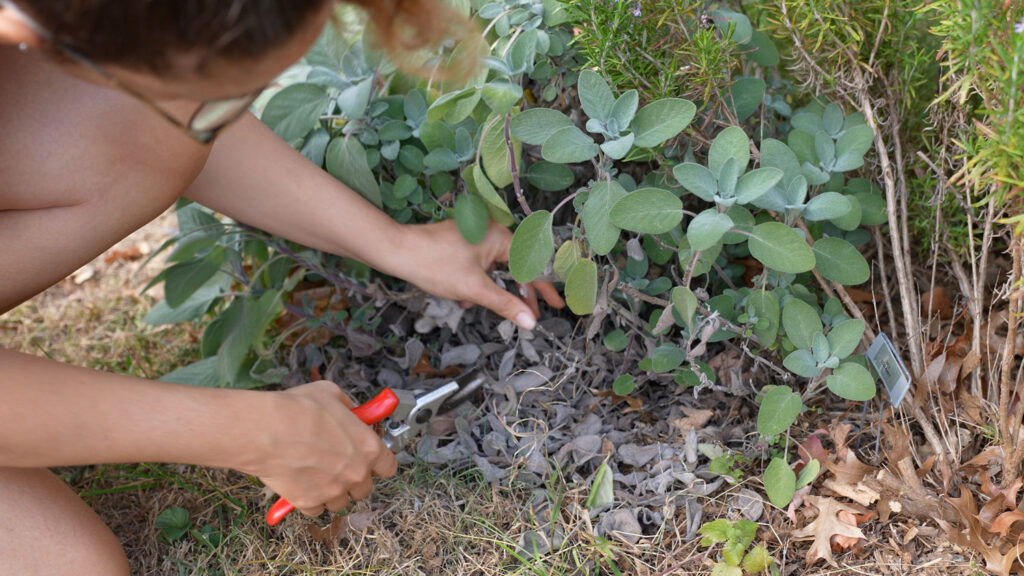
How To Prune Sage
Just grab some sharp, clean scissors, pruners, or herb snips and trim back no more than a third of the woody stems, cutting just above a leaf node. This way, you’ll keep the plant looking good and encourage more growth.
Sage Pests & Diseases
Besides growing way more than I can eat, I personally have had zero issues with my sage!
Sage Pests
Sage is usually pretty tough, but every now and then, it can get pests like aphids, slugs, spittle bugs, spider mites, or whiteflies.
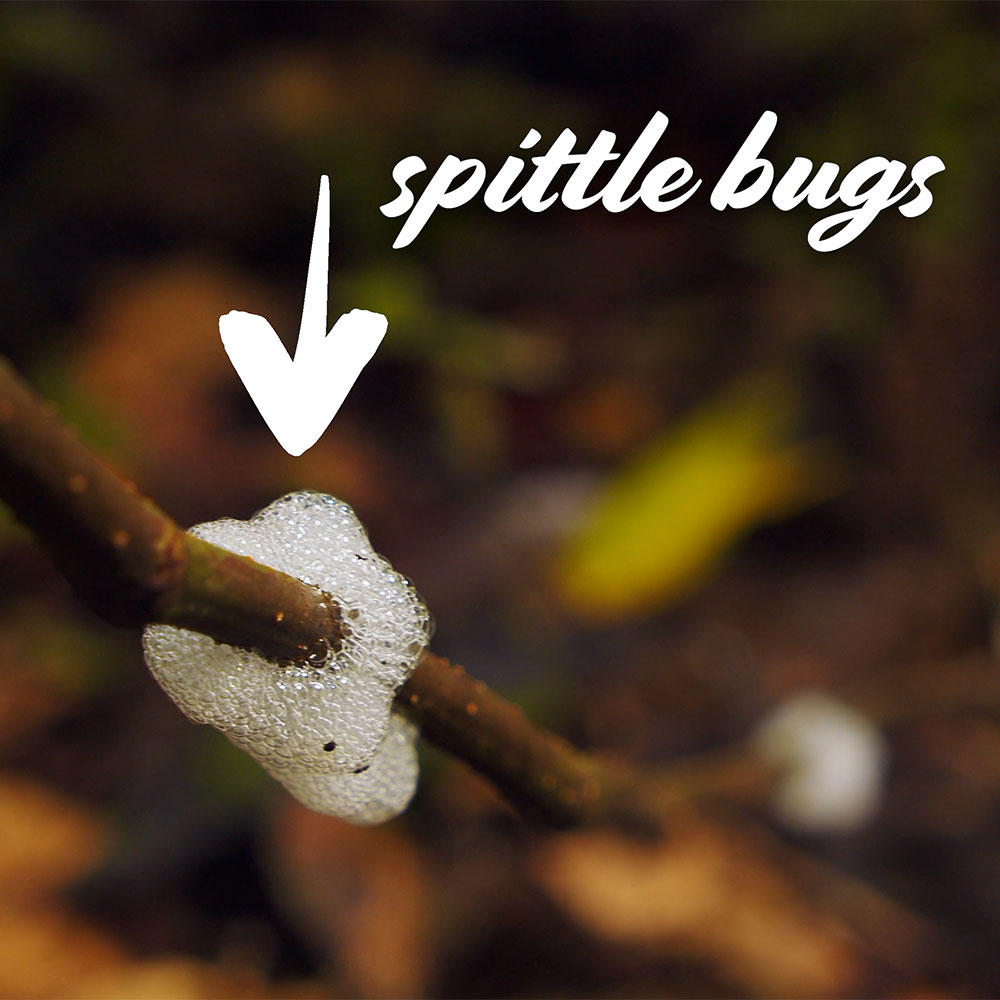
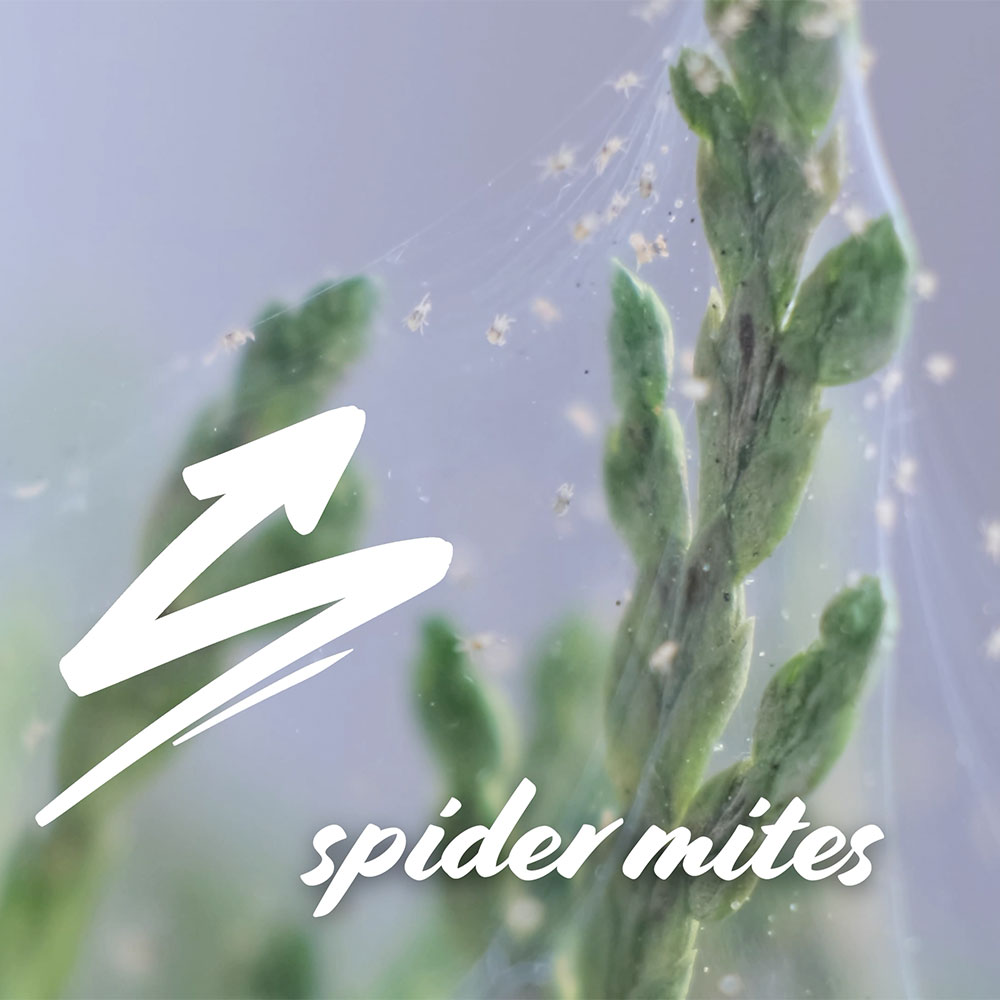
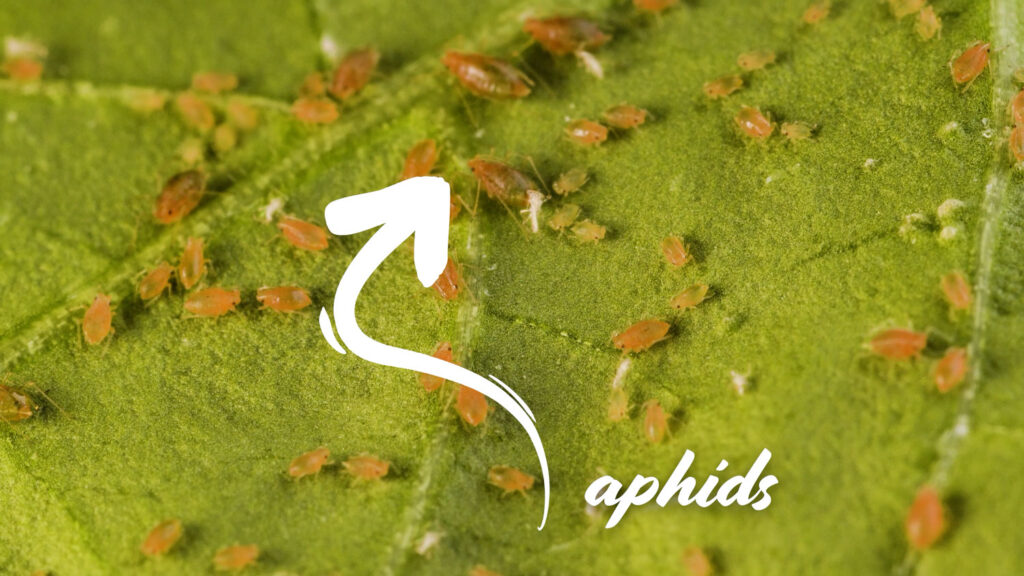
Sage Disease
It might also deal with fungal diseases like powdery mildew or root rot if things are too moist.
Avoiding Sage Problems
To keep your sage happy, make sure there’s good airflow around it and avoid overwatering.
If pests do show up, you can just give them a strong spray of water or use a bit of neem oil or insecticidal soap.
Harvesting Sage
When To Harvest Sage
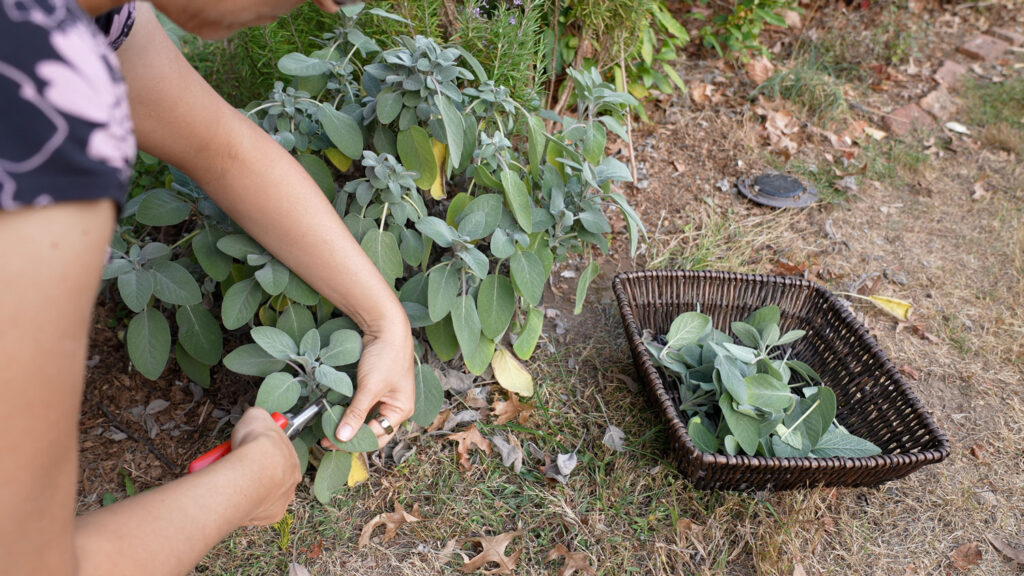
The best time to harvest sage leaves is in the morning, after the dew has dried but before the sun gets too hot, since this is when the essential oils are most concentrated.
The best time of year to harvest is during late spring to early summer, right before the plant starts flowering, for the most flavor.
And if you’re pruning, you can always just harvest the leaves from whatever branches you’ve pruned.
Unless I’m doing a big harvest, for me, the best time to harvest is whenever I need a few sprigs for a recipe. So, literally, 365 days a year, since sage is evergreen for me.
How To Harvest Sage (Without Killing The Plant)
For continuous growth, make sure not to take more than a third of the plant at a time, and focus on the newer, softer growth, which will keep the plant producing fresh leaves.
How To Store Fresh Sage
If you want to store sage or really any herb fresh, you can put the stems in a glass of water in the refrigerator. I can keep herbs fresh sometimes up to two weeks like this. Herbs can also be frozen.
Drying & Storing Sage
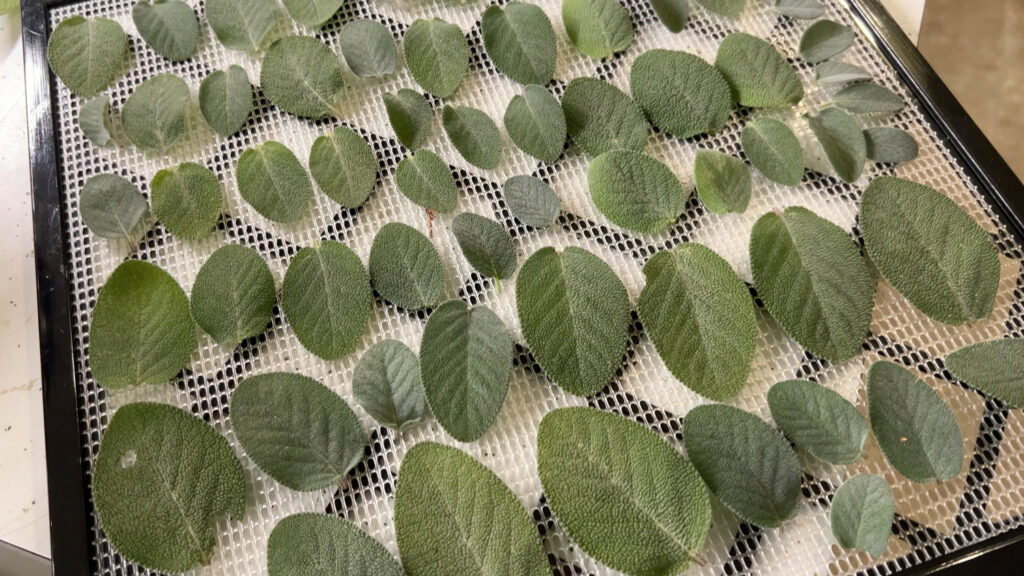
Drying sage is super easy, and there are a few methods you can try. My favorite method is using a dehydrator—it’s quick and keeps the flavor strong. You can also air dry it by hanging bunches upside down in a cool, dry place. If you’re in a hurry, you can use the oven at its lowest possible temperature, or a microwave, which I haven’t tried myself.
Once your sage is dry, store it away from light and heat, in an airtight container like a mason jar or a spice bottle, and it’ll keep its flavor for months.
If you’re interested in more herb growing info, definitely check out our other herb guides, including coriander, rosemary, and garlic scapes—which is kind of an herb?
And let me know in the comments which herbs you guys want me to cover next!
Sources
- Plant of the Month: Russian Sage, University of Nebraska-Lincoln
- Sage (Salvia officinalis), University of Wisconsin Extension
- Sage, University of Illinois Extension
- Sage, University of Maryland Extension
- Spice Up Your Life: A Beginner’s Guide to Growing Sage, University of Florida IFAS Extension
- Salvia officinalis, North Carolina State University Extension
- Sage plants, Stark Bro’s
- Sage plants and seeds, Burpee’s
- Sage seeds, High Mowing Seeds

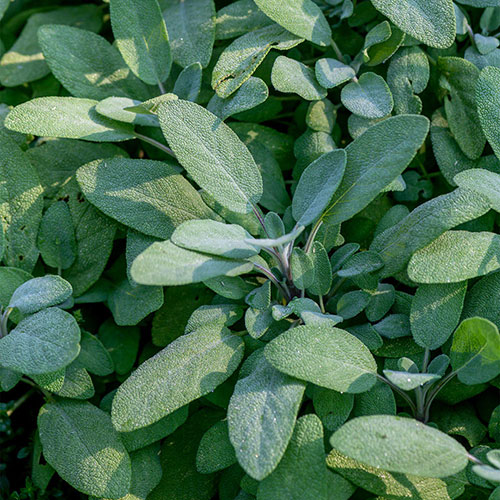
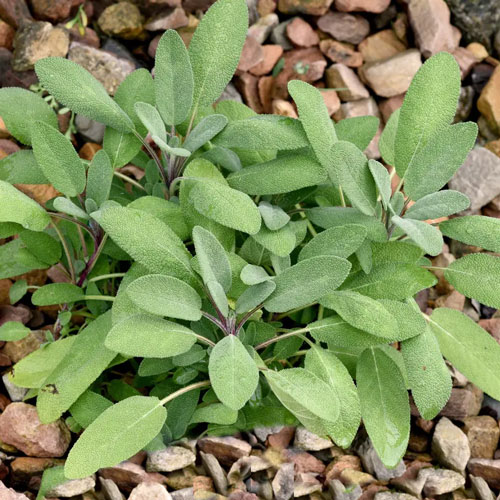
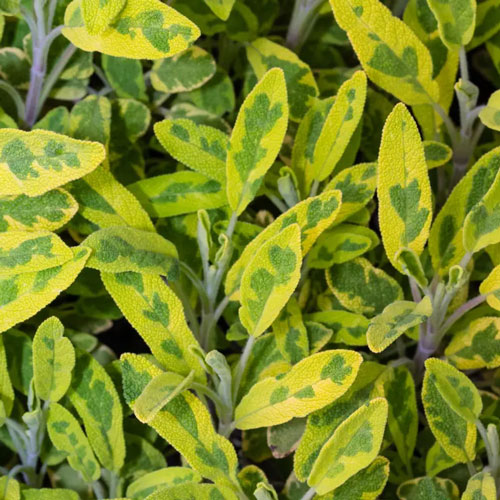
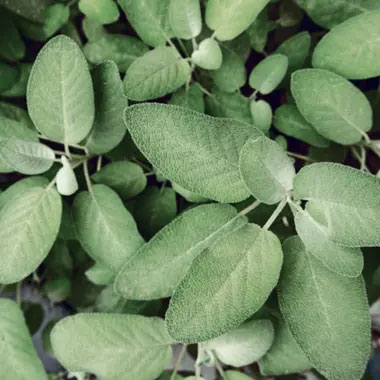

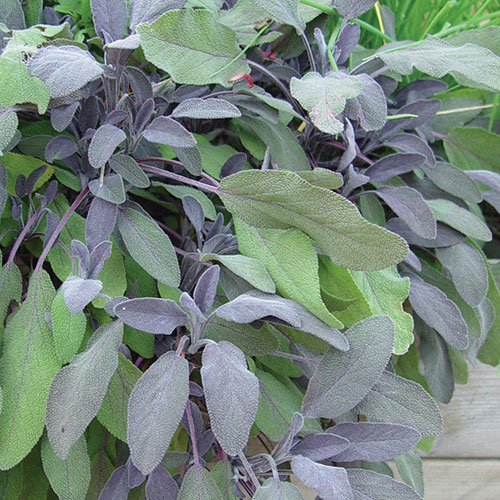
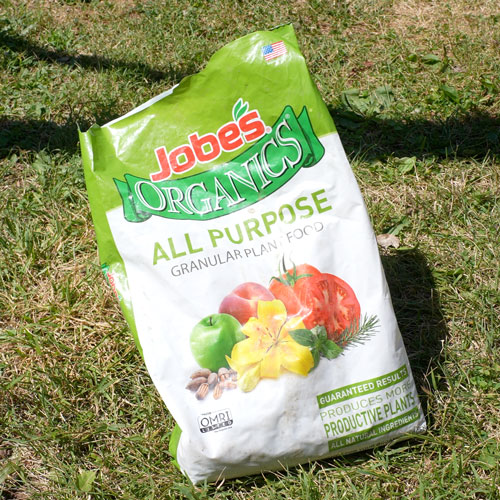
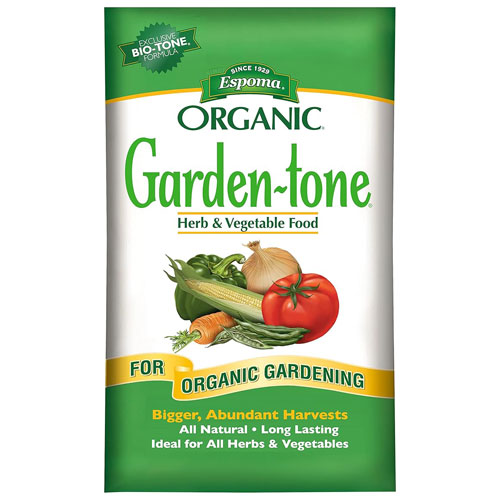
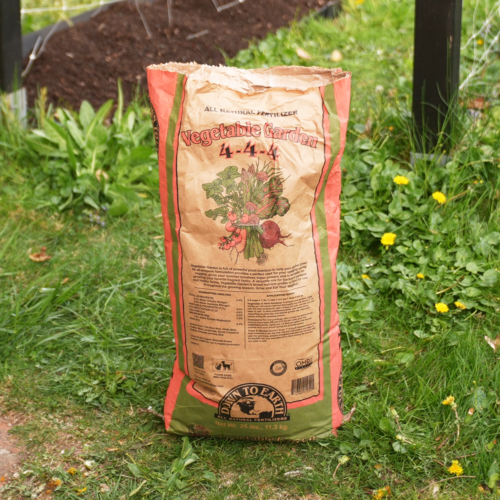
Leave a Reply